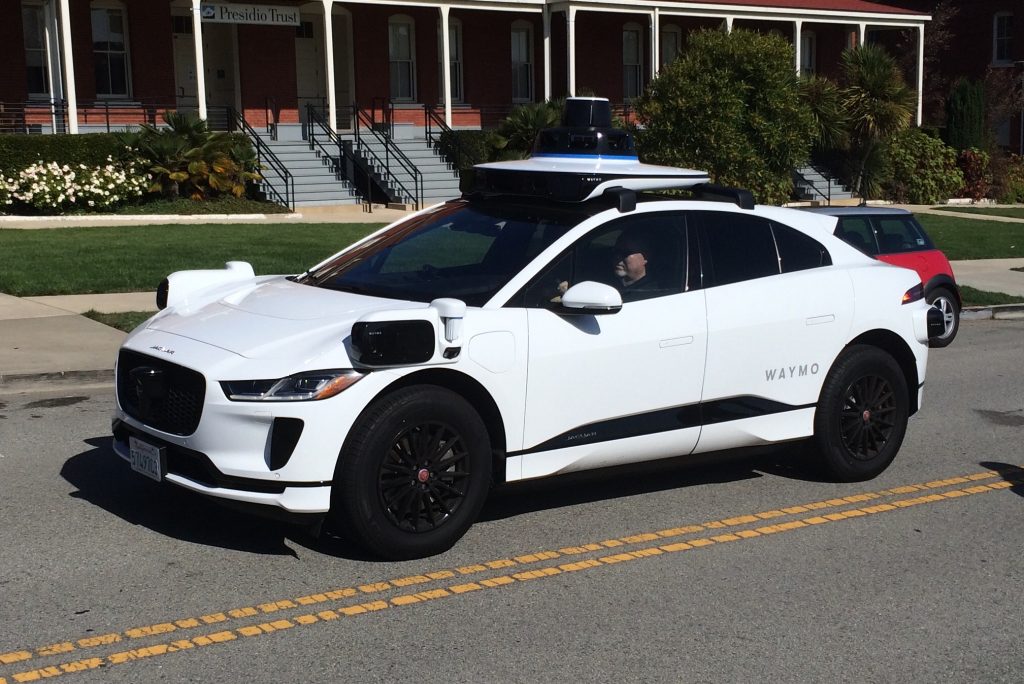By Bennett Houck.
Phoenix, Arizona has been one of the foundational locations for Autonomous Vehicle (“AV”) testing since 2016. Fellow Phoenicians may remember that in March of 2018 an Uber AV struck and killed a pedestrian crossing Mill Avenue in Tempe, AZ. This incident was the first pedestrian death involving an AV. In this case, the AV (classified as Level 3) detected the pedestrian but failed to stop or notify the backup driver. Uber quickly reached a settlement with the pedestrian’s family and pulled more than ninety test AVs off the road in Arizona. But for Rafaela Vasquez, the backup driver in this incident, the issue didn’t resolve so quickly. On Tuesday, September 15, 2020, Vasquez was charged with negligent homicide. And on July 28, 2023, Vasquez pled guilty to an undesignated felony. This means that if she successfully completes her term of three years of supervised probation, the felony could be reclassified as a misdemeanor. This case prompts the question of whether it is reasonable to expect Vasquez, let alone any other person, to instantly respond in a situation where an AV threatens the safety of others.
Levels of Autonomous Vehicles
AVs promise a hopeful future, with some experts projecting up to a 90% decrease in automotive accidents. The Society of Automotive Engineers (“SAE”) classifies AVs into six distinct levels. These levels range from 0 (no automation) up to 5 (full automation). Levels 0–3 require a human to either drive or take over driving upon request by the vehicle. In contrast, Levels 4 and 5 are completely free of human input, thereby eliminating the need for humans to respond or take control of the AV in a crisis situation. Waymo, Google’s AV project, is arguably safer than human drivers, operating at an SAE Level 4. Recently, Waymo’s service area has expanded to be the largest in the world. With this expansion, Waymo’s range is now 225 square miles, spanning across much of the greater Phoenix metro area. According to the 2022 Global Autonomous Vehicle Market Report, AVs are being tested in California, Texas, Arizona, Washington, and Michigan, and Level 3 vehicles hold the most dominant market share.
Level 3 vs. Level 4
With Level 3 vehicles holding such a strong market share, scholars and industry experts are considering whether Level 3 vehicles should continue to be rolled out or if manufacturers should shift to Level 4. In light of the Vasquez case, is it reasonable to expect humans to intervene in a matter of seconds? Car manufacturers are split on the question. Mercedes-Benz is the first automotive company to receive government approval to introduce Level 3 AVs to consumers in the United States. In contrast, companies like Waymo and Cruise have refused to develop Level 3 vehicles due to their associated risks.
Dr. Philip Koopman, an associate professor at Carnegie Mellon University, focuses on AV safety in his scholarship. Koopman has published articles and blogs outlining how SAE’s levels of autonomy should be understood, and dispelling myths about what they require. Koopman points out that the SAE’s vehicle automation levels are not safety standards, but rather minimum compliance requirements. He asserts that if an AV manufacturer releases a Level 3 vehicle with only the bare minimum for compliance, it is unlikely to be safe. Level 3 vehicles can handle object and event detection and response (“OEDR”) and vehicle control, but require that human drivers be ready to take on backup driving if necessary. One critical nuance that Koopman points out for Level 3 AVs is that they are not required to inform the driver of all possible faults, or maintain control of the vehicle long enough for a human to retake operation. Koopman highlights this discrepancy, “Telling human fallback drivers on the one hand that the vehicle drives itself, but on the other hand there are some failures that they need to react to instantly [] is a recipe for tragic loss events.” Based on this critique, Koopman advocates for a wholesale replacement of Level 3 AVs with Level 4 AVs. Many AV manufacturers, including Ford, plan to follow this approach and skip Level 3 altogether, focusing research and development efforts on Level 4 AVs. Jim McBride, Ford’s driverless vehicle expert, claimed that asking drivers to instantaneously intervene was “not a fair proposition.”
The Future of Level 3
It will be interesting to see how Mercedes’s Level 3 AV system performs when they are available for public purchase in California, Nevada, and Germany. Will we see the same dire consequences as a result of Mercedes’s Level 3 system as we did in Arizona’s Vasquez case? In late June, Mercedes responded to a question asking how the company views liability for crashes when a consumer is using its AV system. The company stated that the well-established foundation for liability law will provide the basis for determining responsibility. In response, University of Miami Law Professor William Widen cautioned drivers of Level 3 vehicles against assuming they are legally absolved of responsibility when a Level 3 system is active. Vasquez’s case highlights the harsh reality that requiring a reaction from a human driver may lead to detrimental consequences. It may be wise to think twice before getting into your next Level 3 AV ride, lest you open yourself up to serious criminal and civil liability.


Bennett Houck is a 2L Staff Writer for the Arizona State Law Journal. Prior to embarking on his legal journey, he earned dual degrees in Neuroscience and Psychology from Barrett, the Honors College, at Arizona State University. In his cherished moments of leisure, Bennett finds solace in the symphonies of music, engages in spirited games of pickleball, and immerses himself in the tranquil world of birdwatching.
